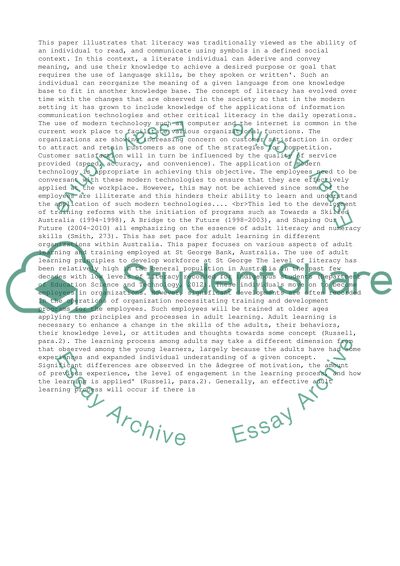Cite this document
(“St George Bank Corporate Performance Centre - Human Resources Essay”, n.d.)
Retrieved from https://studentshare.org/management/1396534-st-george-bank-corporate-performance-centre-human-resources
Retrieved from https://studentshare.org/management/1396534-st-george-bank-corporate-performance-centre-human-resources
(St George Bank Corporate Performance Centre - Human Resources Essay)
https://studentshare.org/management/1396534-st-george-bank-corporate-performance-centre-human-resources.
https://studentshare.org/management/1396534-st-george-bank-corporate-performance-centre-human-resources.
“St George Bank Corporate Performance Centre - Human Resources Essay”, n.d. https://studentshare.org/management/1396534-st-george-bank-corporate-performance-centre-human-resources.


